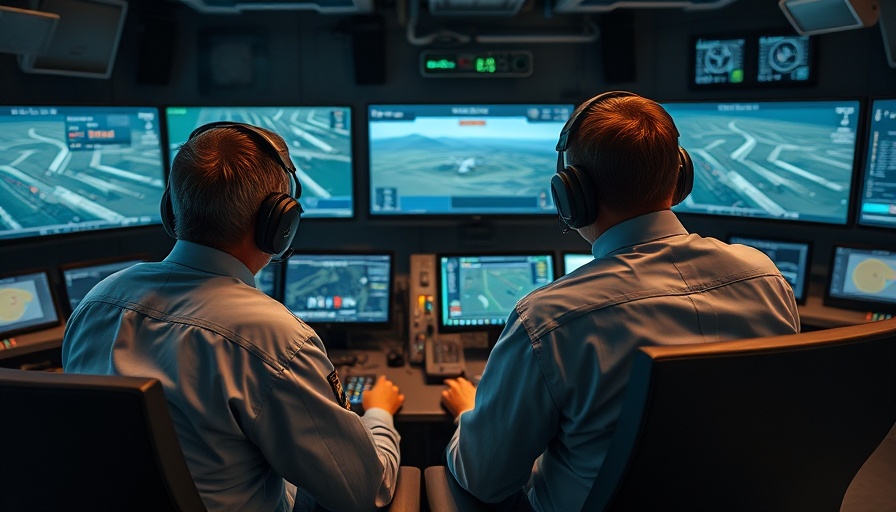
Exploring Opportunities for UAV Remote Pilots in Western Europe
The demand for skilled UAV Remote Pilots (Fixed Wing) is on the rise across Western Europe, driven by advancements in technology and the increasing application of drones in various industries. Whether you're an experienced operator or have a background in manned aircraft, this could be an exciting opportunity to engage in critical mission operations.
Why UAV Skills Matter in Today’s Job Market
As industries ranging from logistics to disaster relief embrace drone technology, the need for qualified UAV pilots has intensified. With companies like Zipline and ideaForge innovating in the drone space, positions requiring piloting expertise are not only varied but are also becoming essential for maintaining operational efficiency. This shift underscores the importance of having pilots who are adept in both fixed-wing and multi-rotor operations.
The Impact of Drones on Logistics and Emergency Response
Drones are playing a pivotal role in logistics, particularly when it comes to last-mile delivery solutions in urban areas. The use of drones in emergency response contexts is particularly noteworthy, as shown by Garuda Aerospace's recent initiatives to support the Indian Army during flooding in Jammu and Kashmir. These operations emphasize how UAV pilots must be versatile, skilled in adapting their flying strategies to meet the dynamic demands of rapidly changing environments.
Essential Skills for UAV Remote Pilots
Operating a UAV requires much more than technical knowledge; it embodies a set of soft and hard skills that ensure effective performance in the field. Understanding the following are crucial:
- Operational Knowledge: Familiarity with various UAV systems and their operational capabilities.
- Situational Awareness: The ability to assess flying conditions, understand airspace regulations, and react to on-ground situations.
- Technical Troubleshooting: Skills to quickly address and solve technical issues that arise during flights.
Future Predictions for the UAV Industry
Experts predict that the future of the UAV industry will be marked by growth and diversification. With the integration of AI and machine learning, the efficiency and capabilities of drones are expected to improve significantly. This means that UAV pilots in Western Europe may soon find themselves at the forefront of new technologies that enhance drone functionalities, expanding the scope of their roles.
How You Can Get Involved
If you’re excited about the opportunities presented by UAV technology and possess the requisite skills, now is the time to consider applying for pilot positions across diverse sectors. With a variety of organizations actively seeking UAV pilots, taking the leap into this industry could lead to a fulfilling and dynamic career.
With technology rapidly evolving, staying informed about the latest developments is essential for growth in this field. If you’re interested, consider registering for upcoming drone conferences like DRONTEX 2025 to engage with industry leaders and gain insights into future trends.
 Add Row
Add Row  Add
Add 




Write A Comment